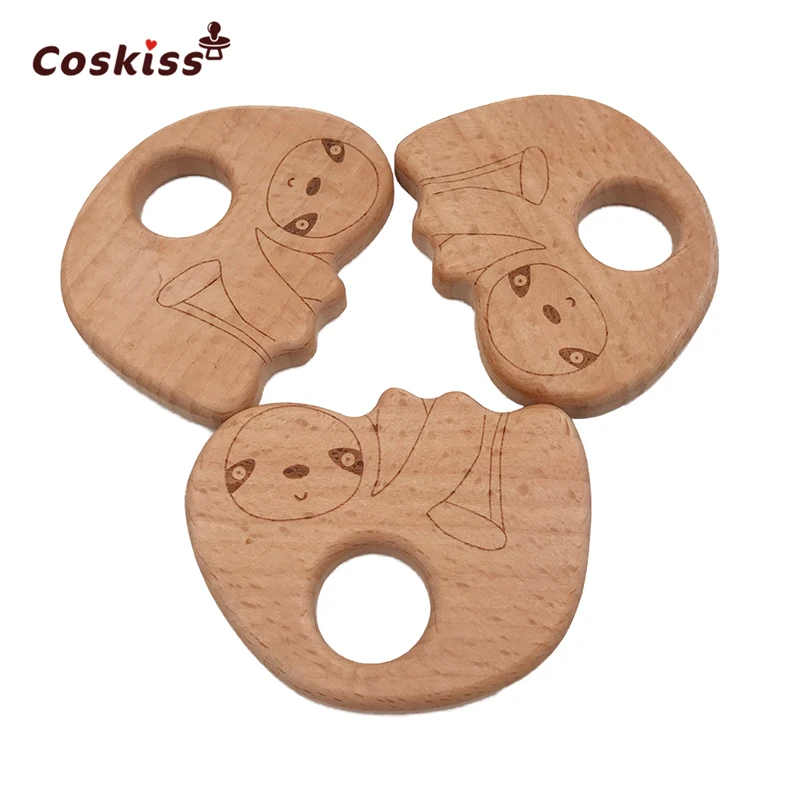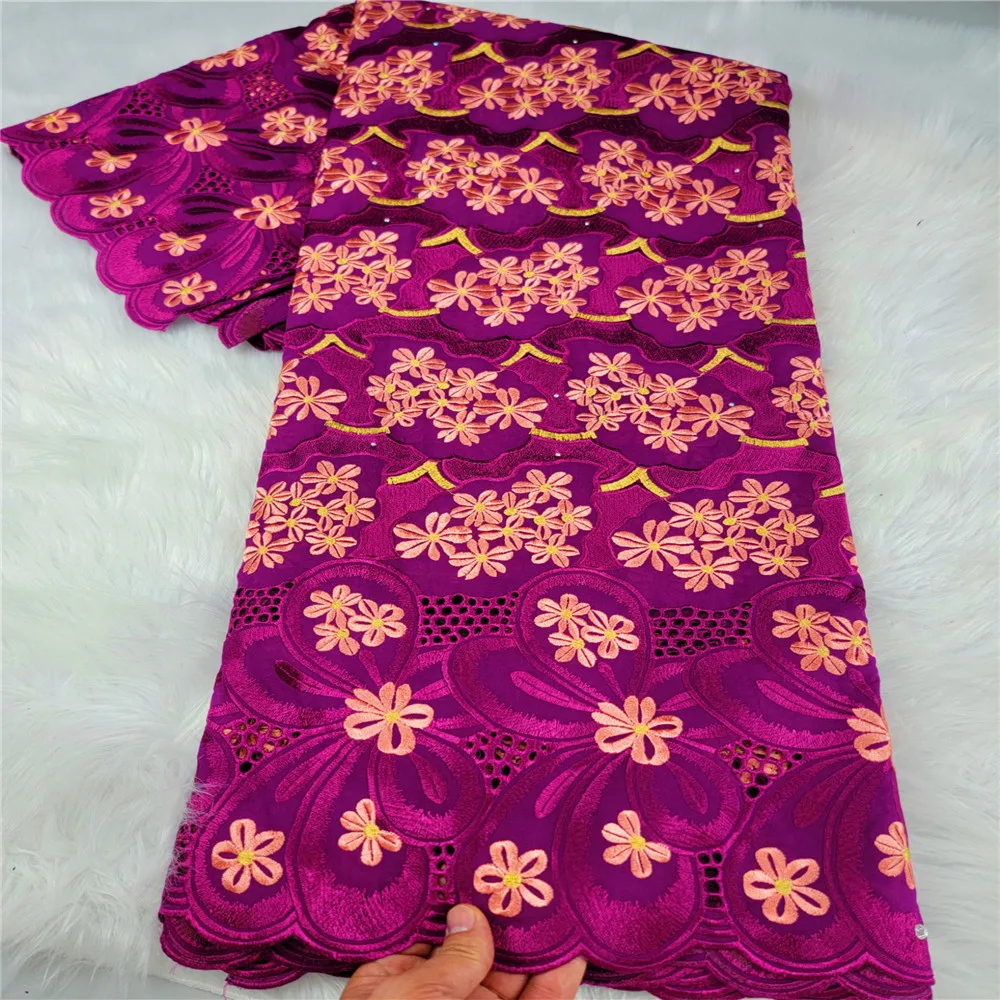Mathematics in Twentieth-Century Literature and Art: Content, Form, Meaning [Soft Cover ]
![Mathematics in Twentieth-Century Literature and Art: Content, Form, Meaning [Soft Cover ]](//pictures.abebooks.com/isbn/9781421413808-us.jpg)
![Mathematics in Twentieth-Century Literature and Art: Content, Form, Meaning [Soft Cover ]](http://pictures.abebooks.com/isbn/9781421413808-us.jpg)
sku: COM9781421413808NEW
ACCORDING TO OUR RECORDS THIS PRODUCT IS NOT AVAILABLE NOW
$33.75
Shipping from: Canada
Description
During the twentieth century, many artists and writers turned to abstract mathematical ideas to help them realize their aesthetic ambitions. Man Ray, Marcel Duchamp, and, perhaps most famously, Piet Mondrian used principles of mathematics in their work. Was it mere coincidence, or were these artists simply following their instincts, which in turn were ruled by mathematical underpinnings, such as optimal solutions for filling a space? If math exists within visual art, can it be found within literary pursuits? In short, just what is the relationship between mathematics and the creative arts?In this provocative, original exploration of mathematical ideas in art and literature, Robert Tubbs argues that the links are much stronger than previously imagined and exceed both coincidence and commonality of purpose. Not only does he argue that mathematical ideas guided the aesthetic visions of many twentieth-century artists and writers, Tubbs further asserts that artists and writers used math in their creative processes even though they seemed to have no affinity for mathematical thinking. In the end, Tubbs makes the case that art can be better appreciated when the math that inspired it is better understood. An insightful tour of the great masters of the last century and an argument that challenges long-held paradigms, Mathematics in Twentieth-Century Literature and Art will appeal to mathematicians, humanists, and artists, as well as instructors teaching the connections among math, literature, and art.
Price history chart & currency exchange rate
Customers also viewed

$23.09
Men's Football Jersey With Customized Name And Number Embroidery, Comfy Top For Summer Sport
temu.com
$5.86
Детский грызунок из бука ручной работы, деревянный ленивый грызунок, детские игрушки для прорезывания зубов, подвеска «сделай сам», жевател...
aliexpress.ru
$32.09
11,1 В, 59 ватт-час, 5300 мАч, оригинальная фотобатарея для ноутбука SONY VAIO BPL26 BPS26, фотосессия VPCEH16EC VPCEL15EC SVE141
aliexpress.ru
$49.19
fashion baby girls boots pu leather children & toddler shoes soft bottom little kids ankle size 21-30, Black;grey
dhgate.com
$50.25
artificial green garland leaves wedding decor vine fake vines rattan plants ivy wreath wall decoration decorative flowers & wreaths
dhgate.com
$8.62
38/62cm pet dog cat collar anti flea ticks mosquitoes outdoor protective adjustable natural insect repellent dropship collars & leashes
dhgate.com
$13.62
Портативный цифровой микроскоп, электронная лупа с беспроводным интерфейсом, 1600 крат, с Wi-Fi, для Android и IOS
aliexpress.ru
$67.20
5 ярдов, швейцарская кружевная ткань 2021, африканские кружевные ткани с вышивкой 100% хлопковое кружево «швейцарская вуаль» в Швейцарии HLC360 (1)
aliexpress.ru
$2.84
Брендовые мужские тапочки со смайликом для мужа, шлепанцы на толстой подошве, брендовая мужская обувь для детей, мужские сандалии с большой ...
aliexpress.ru
$300.00
Фоторезак для кабеля, резак для кабелей, резак для проводов с храповым механизмом, ручной резак
aliexpress.ru
$6.89
Винтажные мужские и женские береты, оптовая продажа, сезон весна-лето, солнцезащитные шапки «Утконос», новые хлопковые полосатые усовершен...
aliexpress.ru
$3.83
Jujutsu кайсен хозяйственная сумка холщовая хозяйственная сумка-шоппер многоразовая эко-сумка эхосумка сетчатый мешок toile
aliexpress.ru
$5.02
muylinda урожай цветок лотоса брошь женщин одежда pin ювелирные изделия шарф свитер клип аксессуары камень броши и булавки, Gray
dhgate.com
$38.03
мешок файл а4 холст пополнения пакет студент хранения сумка файл учебник портфель женский учебник malebriefcase
dhgate.com
$46.51
горячая продажа мини 2.4g беспроводной клавиатуры малые 59 клавиши беспроводный с сенсорной клавиатурой scissor малым
dhgate.com
$26.82
krav maga 4 t shirt cool casual pride t shirt men fashion tshirt funny tee sport hooded sweatshirt hoodie
dhgate.com
$18.66
сделано в 1983 годе золотого века тенниски мужчин дизайн с коротким рукавом s-xxxl свободного интересной аутентичной весна trend рубашки
dhgate.com
$18.66
the walking dead collection carl portrait sketch men t shirt-tee-twd-t-shirt cool casual pride t shirt men new fashion
dhgate.com
$39.77
2020 женщина boots женщина резиновая платформа сапоги весна-лето более колено клинья обувь мода круглый toe обувь lady обувь, Black
dhgate.com
$63.17
тактико-boots toe-кроссовки пешеходные casual mens открытом воздухе безопасность motocycle bootshiking обувь лодыжки ботинок снежка зимы бот, Black
dhgate.com
$18.66
math equation image t-shirts stephen hawking demand curve process effect white new tshirt for college student 100% cotton
dhgate.com
$18.66
спорт пост-панк the cure harajuku женщины футболки повседневная негабаритный футболка фам лето 100% хлопок женский майка женская одежда 2019
dhgate.com
$18.66
забавный японский неко ramen t shirt мужчины короткие рукава graphic tee top feline cat футболки чистый хлопок streetwear tshirt мерч подарк
dhgate.com
$29.87
йеллоустонский даттон ranch логотип y t shirt классический ретро плюс размер tracksuit толстовка толстовка
dhgate.com
$29.72
the shining glow in the dark t shirt jack nicholson 2020 summer men's brand clothing o-neck print t-shirts sport hooded sweatshirt hood
dhgate.com
$135.00
H-E01 Flame Genius Dmx Control Fire Machine Stage Flame Thrower 2 channels Channel1 safty
aliexpress.com















